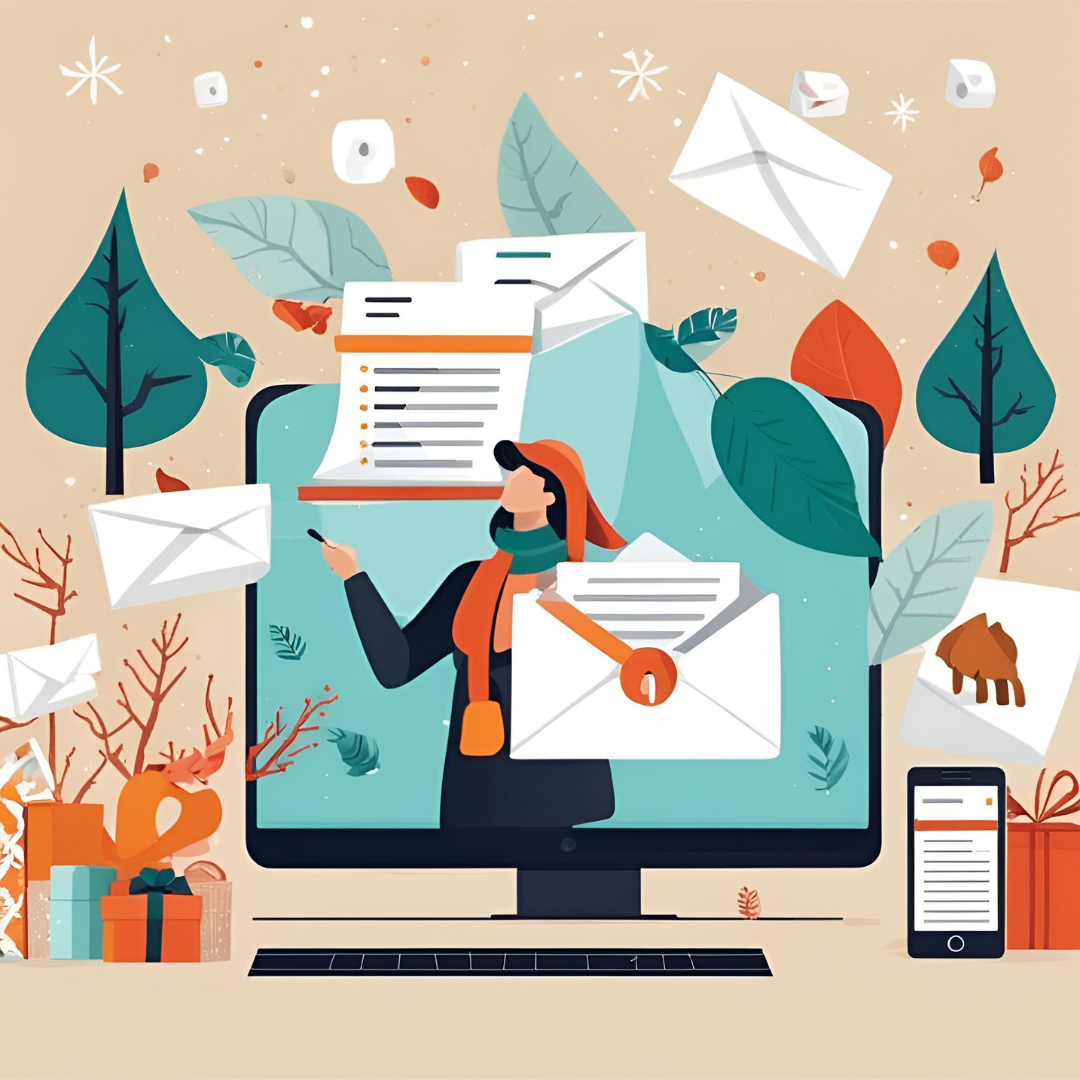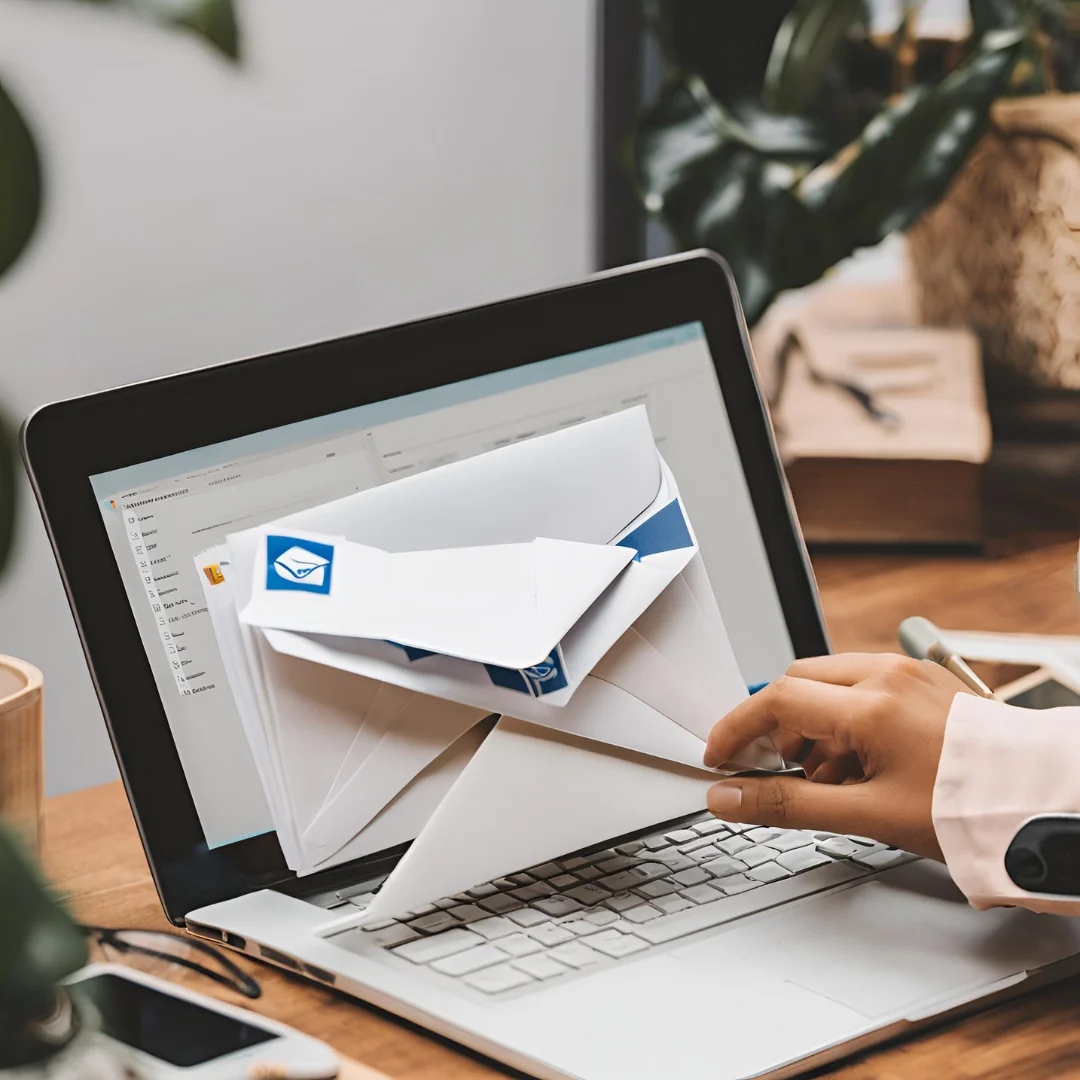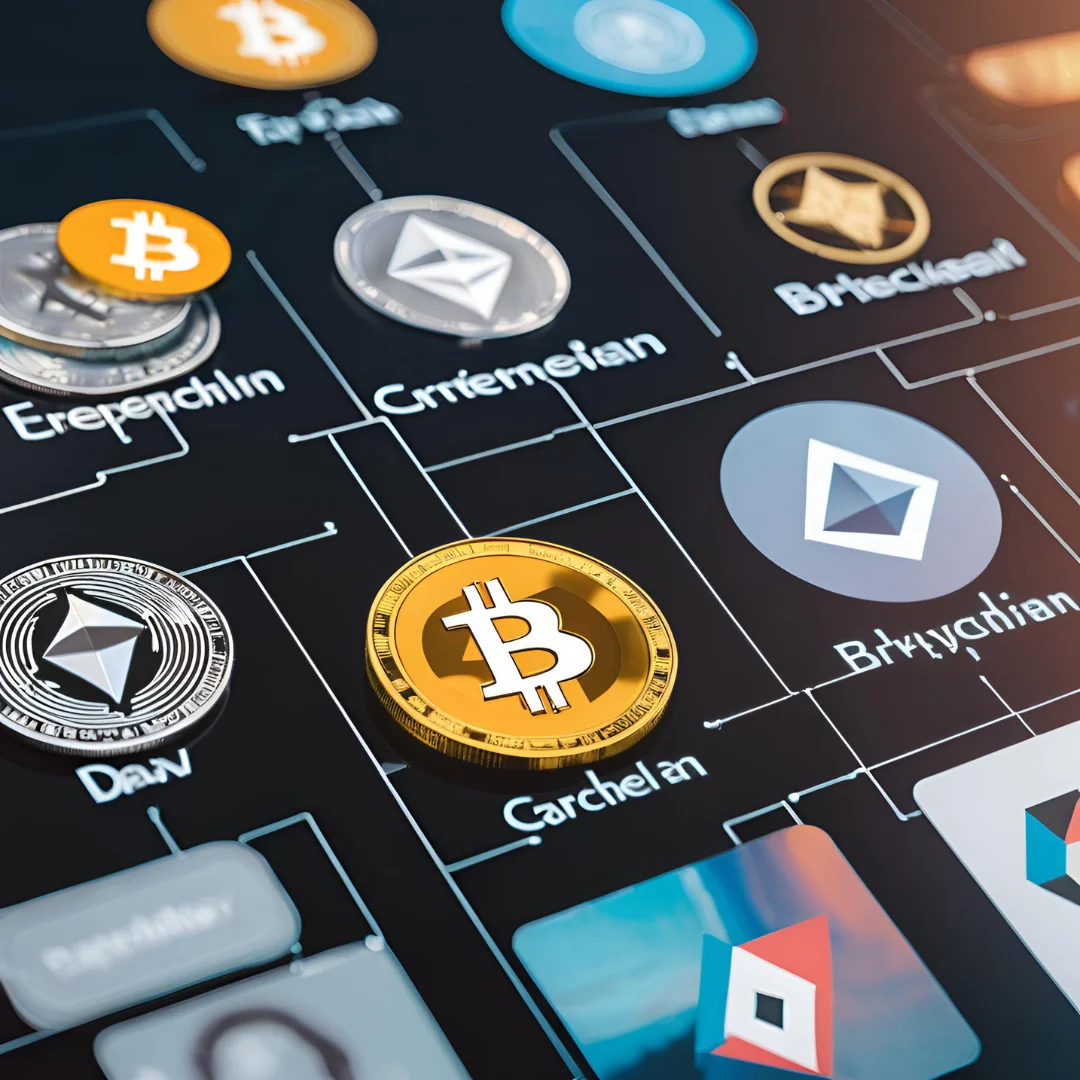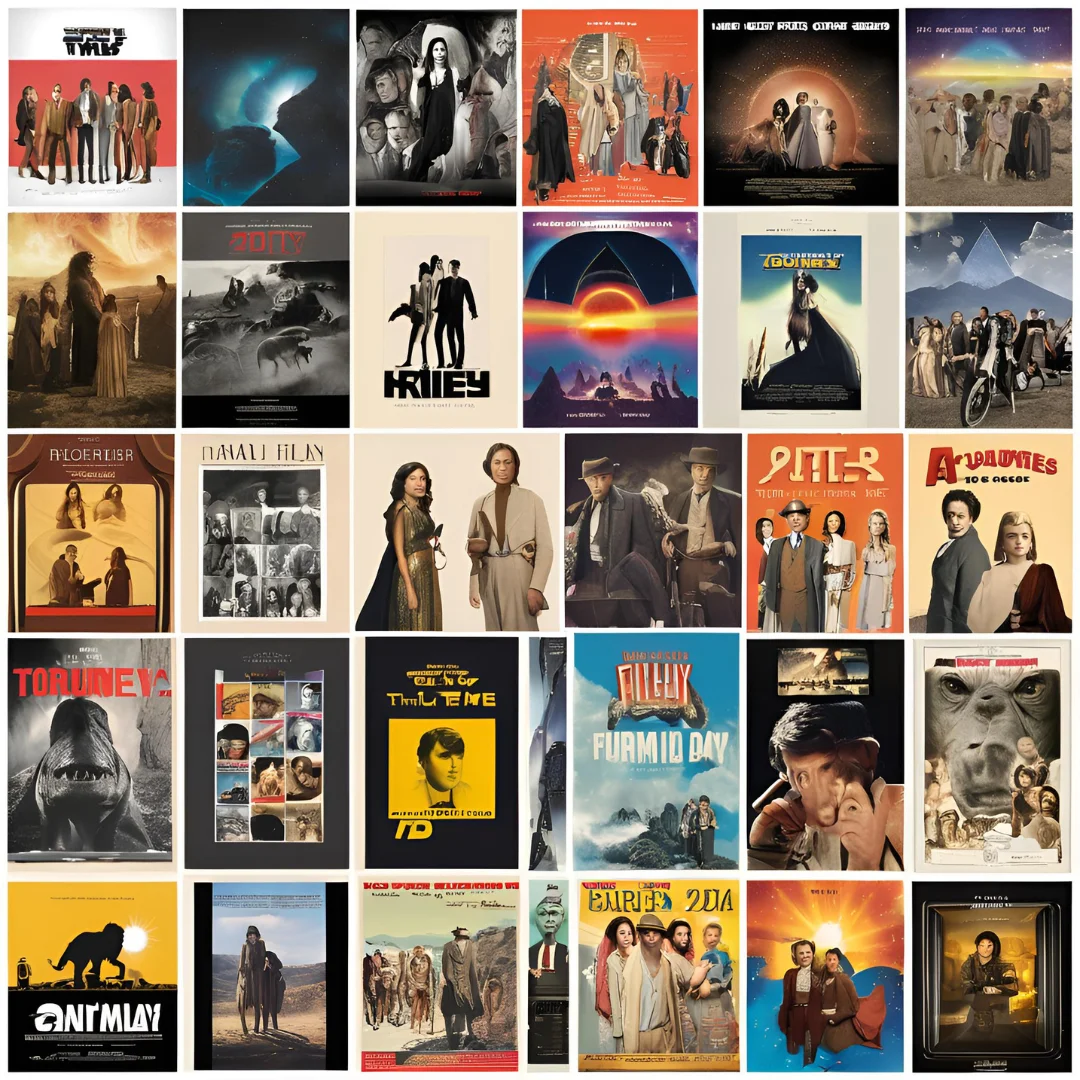A key component of digital marketing are seasonal email campaigns, which provide companies a chance to reach clients at particular periods of the year when they are most responsive. These programs use timeliness and relevancy to increase engagement, drive sales, and foster consumer loyalty, whether they are run during the spring cleaning sales, back-to-school specials, or holiday shopping season. But it takes more than just sending an email with a holiday theme to get outstanding results from seasonal email campaigns. It requires careful planning, imaginative execution, and a thorough comprehension of the tastes and habits of your target audience.
Businesses need to create campaigns that not only stand out but also connect with recipients as inboxes get more and more congested. Effective seasonal email marketing do more than just advertise sales; they also foster strong emotional bonds, motivate action, and produce enduring consumer experiences. From finding the best chances to gauging performance, this article explains how to create effective seasonal email campaigns, including best practices and practical insights all along the way.
The Importance of Seasonal Email Campaigns
Because they correspond with the innate emotions and habits of customers, seasonal email advertisements are successful. During certain periods of the year, like significant holidays or cultural events, consumers are frequently more inclined to interact with brands. Campaign performance can be considerably improved by this alignment of marketing initiatives with customer intent.
1. Increased Relevance: Customers find seasonal mailings more relevant because they draw on common experiences and current happenings. Whether it's a major retail event like Black Friday or a joyous holiday, seasonal advertising are always relevant and topical.
2. Enhanced Emotional Appeal: Strong emotions, such as joy, thankfulness, or even nostalgia, are frequently evoked by seasonal events. You may build a stronger bond with your audience by coordinating your messaging with these feelings.
3. Opportunity for High Engagement: In packed inboxes, themed emails with eye-catching designs and timely offers have a higher chance of grabbing attention. Emails that align with their current objectives also have a higher chance of being opened and clicked by customers.
4. Boosted Revenue Potentia: Periods of higher spending, like the holidays, are sometimes accompanied with seasonal advertisements. By providing special discounts or temporary promotions, companies can capitalize on this increased desire to buy.
5. Strengthened Brand Loyalt: Delivering intelligent and captivating seasonal advertising on a regular basis helps buyers remember your brand. This fosters loyalty and trust over time.
Steps to Craft Effective Seasonal Email Campaigns
1. Identify Relevant Seasonal Opportunities
Finding events that appeal to your target audience is the first step in developing a seasonal email campaign. There are many other options to consider, even while major holidays like Christmas and Thanksgiving are clear choices. These could be industry-specific events, specialty observances, or even specially designed celebrations that are exclusive to your company.
For example:
-
Retailers might focus on Black Friday, Valentine’s Day, or back-to-school sales.
-
Fitness brands could highlight New Year’s resolutions or summer fitness goals.
-
Food and beverage companies might target events like Halloween or National Pizza Day.
During these times, match your campaigns to the requirements and interests of your customers to optimize relevancy. You may plan your campaigns ahead of time and keep ahead of seasonal opportunities with the aid of a well-maintained marketing calendar.
2. Understand Your Audience
Any email campaign's success depends on having a thorough understanding of your target demographic. This also applies to seasonal campaigns. You can divide up your audience and customize your messaging to each person's particular interests by examining consumer data.
Segmentation Strategies:
-
Demographics: Tailor messaging based on age, gender, location, or cultural background.
-
Purchase Behavior: Use insights from previous purchases to recommend relevant products.
-
Engagement Levels: Create separate campaigns for highly engaged subscribers versus those who need re-engagement.
-
Seasonal Preferences: Identify patterns in how different audience segments respond to seasonal events.
For instance, you might provide customized gift guides to regular customers during a holiday campaign while providing less active subscribers with a discount voucher to entice them to come back.
3. Plan Ahead for Success
To guarantee timely implementation, seasonal email campaigns need to be carefully planned. Begin by establishing specific goals for your campaign. Are you looking to improve consumer interaction, raise brand exposure, or enhance sales? Every element of your campaign, from messaging to design, will be influenced by your objectives.
Key Planning Steps:
-
Create a Content Calendar: Map out your campaigns well in advance to avoid last-minute stress.
-
Develop a Theme: Align your content and visuals with the season's mood and your brand’s identity.
-
Prepare Assets Early: Design email templates, graphics, and promotional materials ahead of time.
-
Coordinate Across Channels: Ensure consistency between your email campaigns and other marketing efforts, such as social media and website promotions.
4. Craft Engaging Subject Lines
The subject line is a crucial component of your email campaign since it is the first thing recipients see. Subject lines for seasonal campaigns should be intriguing, timely, and pertinent. To attract attention, use emoticons, personalized content, and action-oriented language.
Examples:
-
“🎁 Unwrap Exclusive Holiday Deals – Limited Time Only!”
-
“💘 Find Your Perfect Valentine’s Gift Today!”
-
“🎉 Black Friday Starts Now – Don’t Miss Out!”
To optimize performance, A/B test different subject lines to determine which resonates best with your audience.
5. Design Eye-Catching Emails
Email campaigns for specific seasons benefit from eye-catching designs that capture the essence of the event. To create a unified appearance and feel, use seasonal imagery, themed graphics, and festive colors. But don't overdo the elements in your emails—simplicity and clarity are crucial.
Design Tips:
-
Use consistent branding elements, such as logos and fonts.
-
Incorporate interactive features like GIFs or countdown timers.
-
Ensure your design is mobile-friendly, as many recipients will view your email on their smartphones.
A well-designed email captures attention and enhances the overall customer experience, encouraging recipients to take action.
Conclusion
One of the most effective ways to connect clients, increase revenue, and create enduring relationships is through seasonal email campaigns. You may produce experiences that connect with your clients and produce significant outcomes by coordinating your campaigns with pertinent events, knowing your audience, and sending out tailored and eye-catching messaging.
Preparation, ingenuity, and data-driven optimization are essential for success. Seasonal email campaigns may become a key component of your marketing strategy with careful implementation and ongoing learning, making your business stand out in the crowded digital space. There are countless chances for development and connection, regardless of whether you're commemorating a significant celebration or a specialized occasion.




